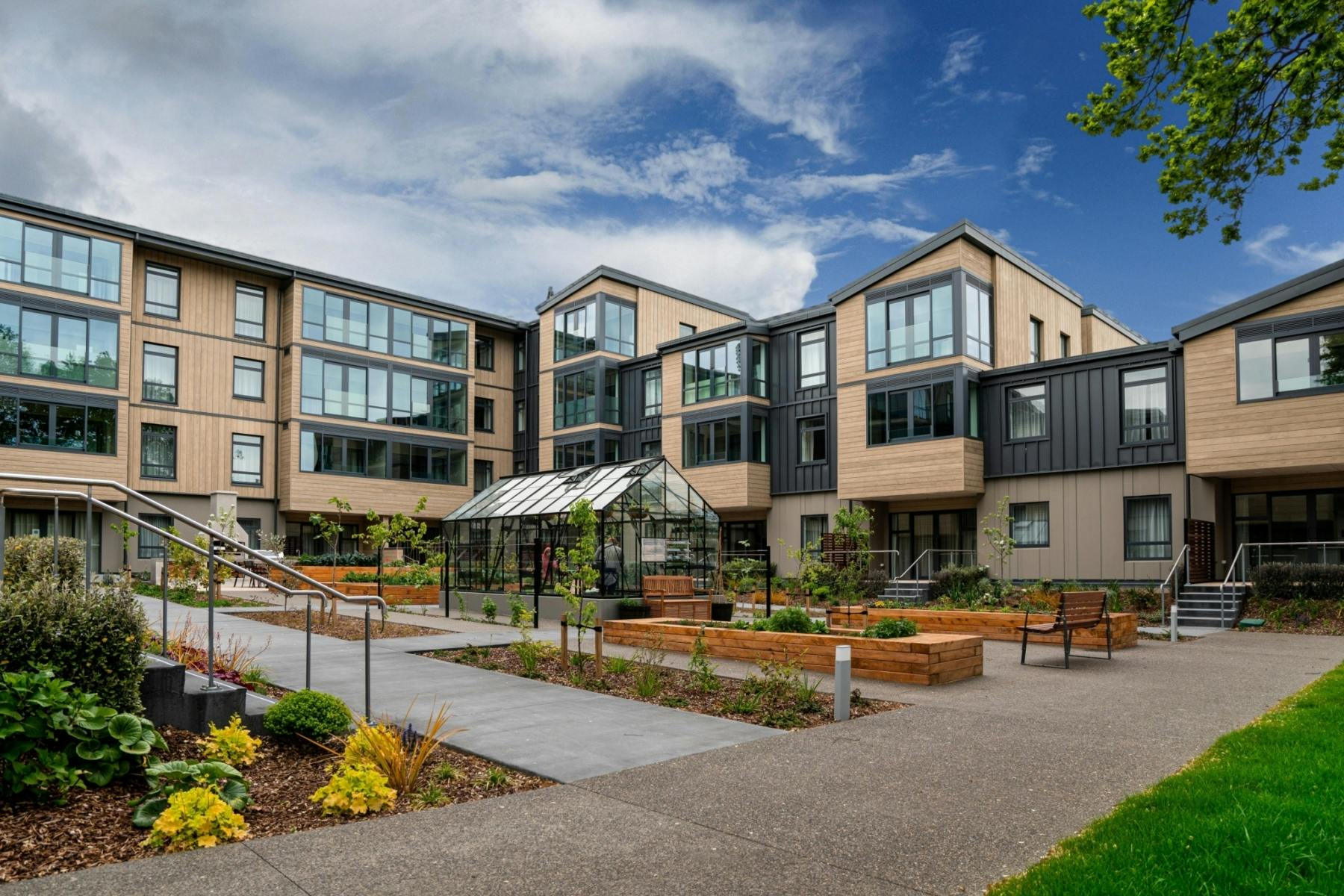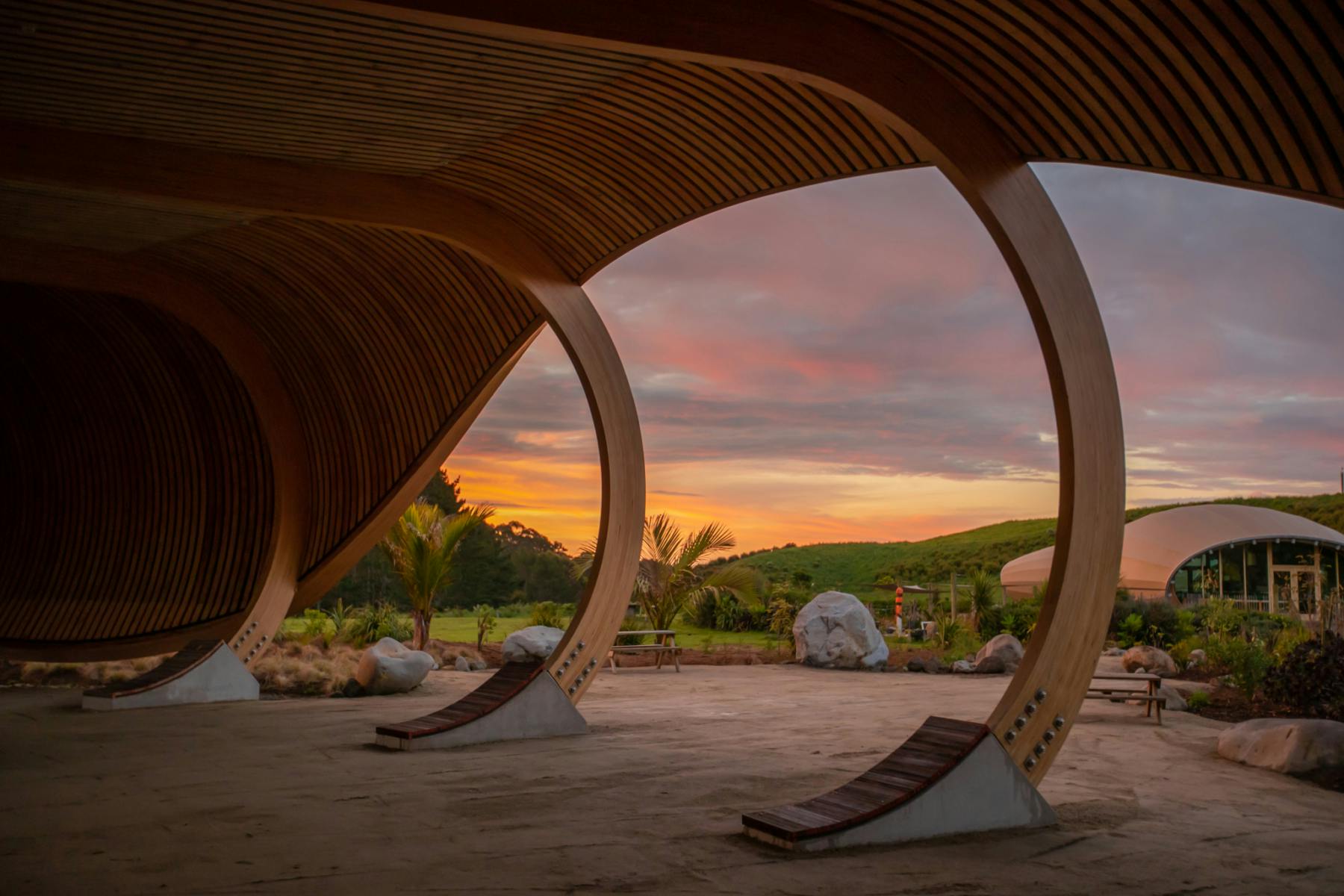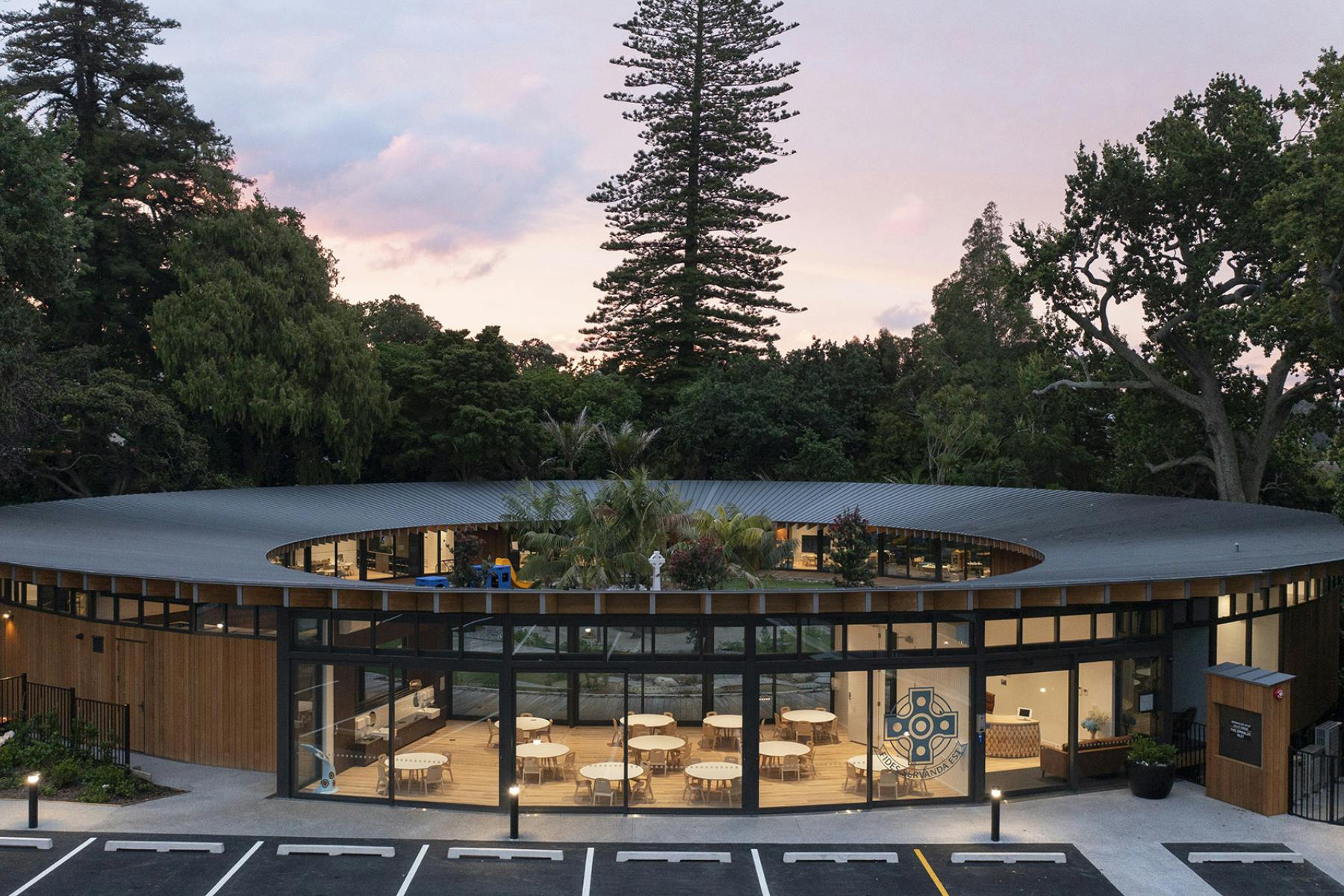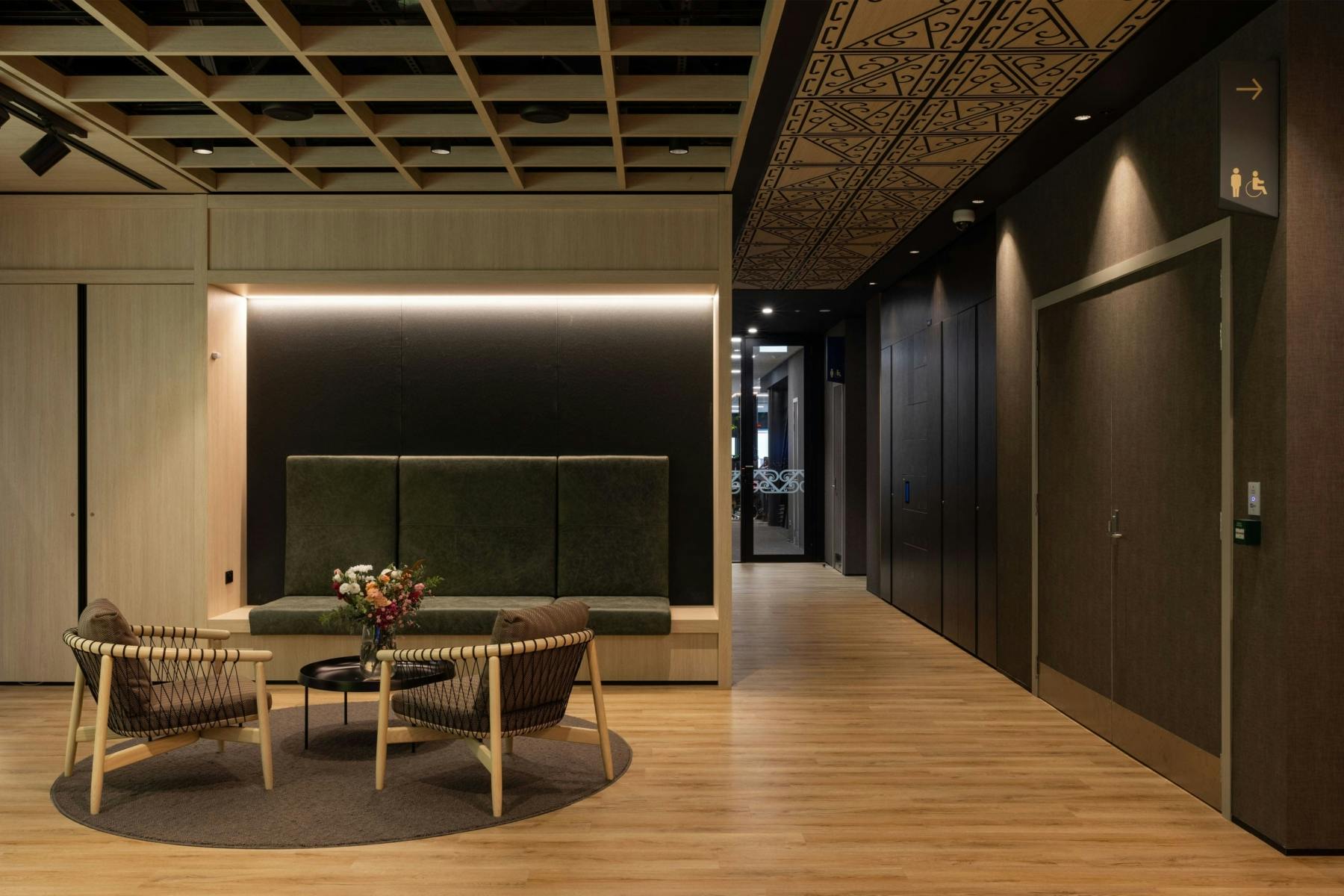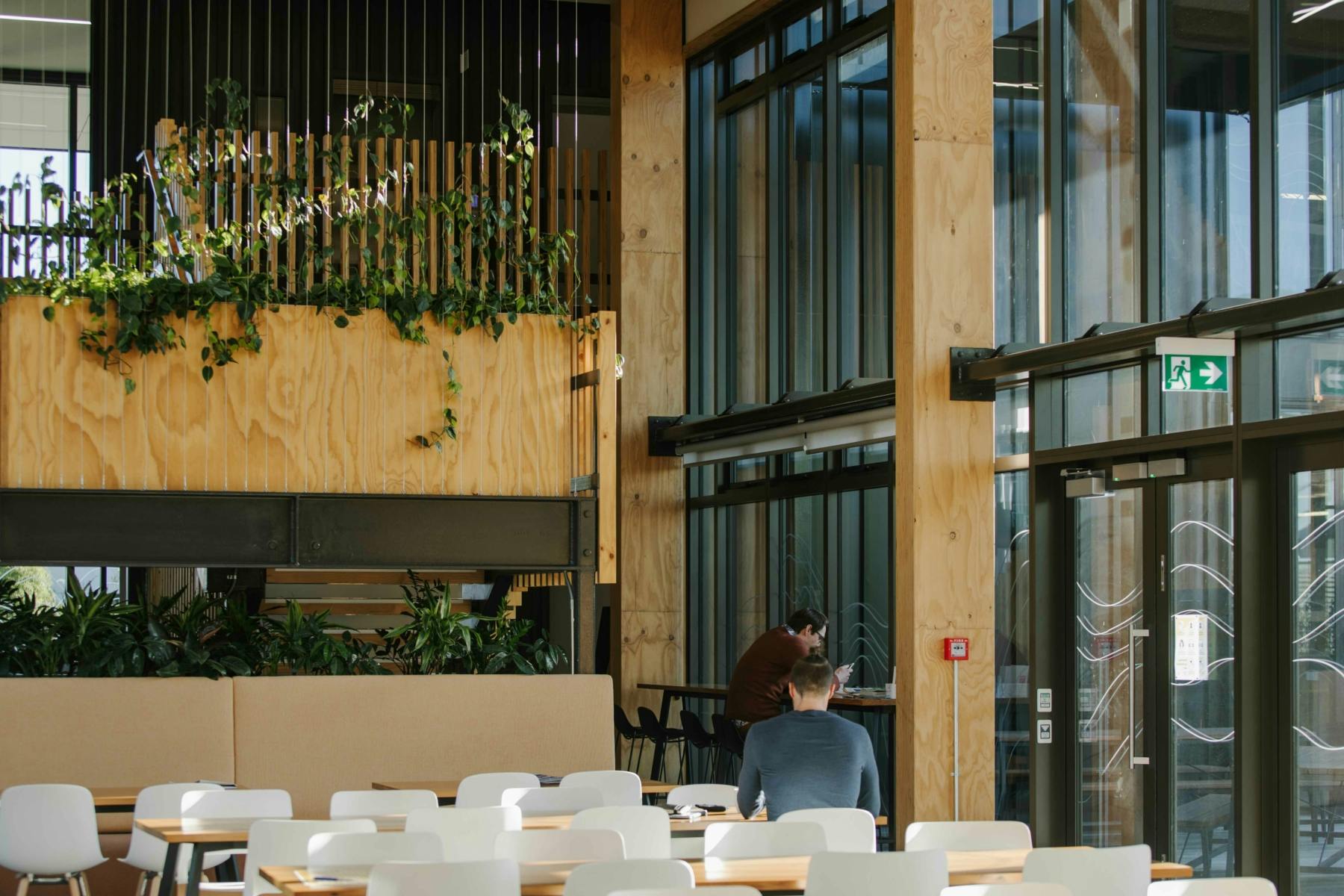Timber, particularly in mass-scale design and construction projects, is competitively priced compared to other building material choices, including steel and reinforced concrete. And since timber elements are typically lighter than concrete or steel elements, using wood as a building material can significantly lower time and costs for transportation, foundation design and construction, on-site erection and waste management.
Learn more about how offsite manufacturing results in super-fast build times for better, quicker returns.


